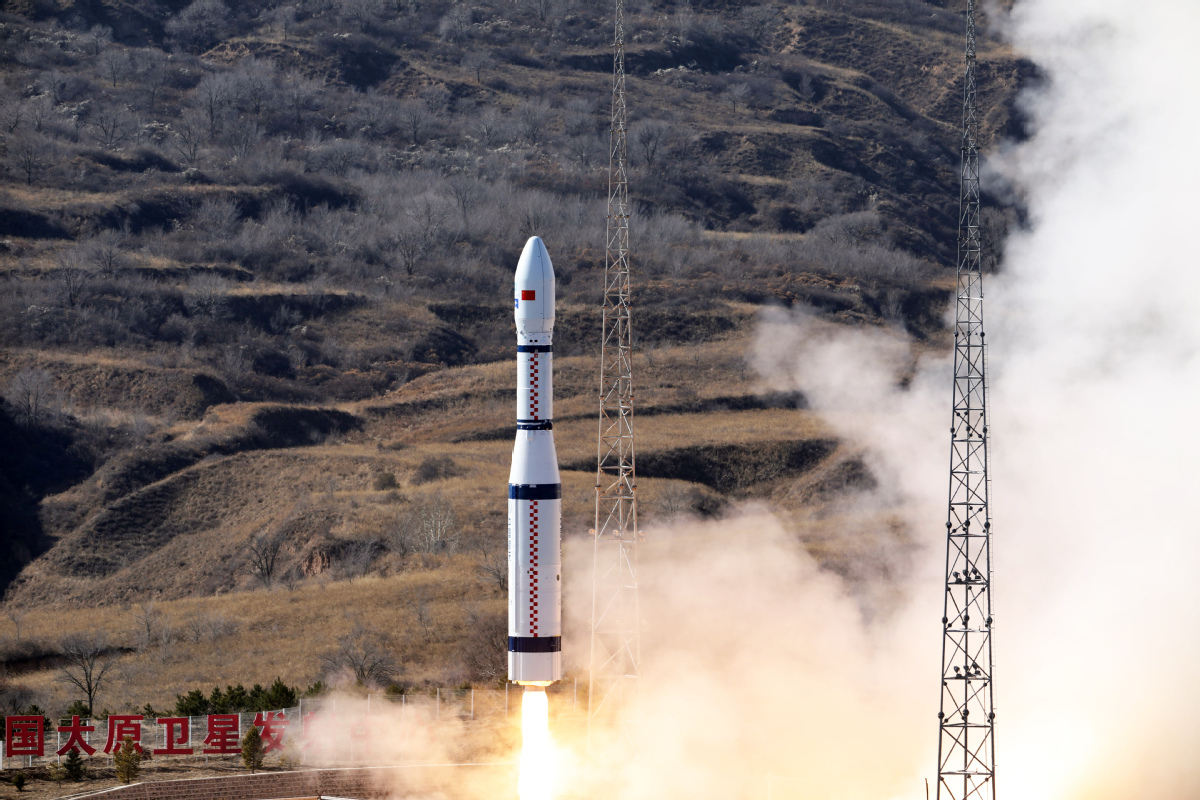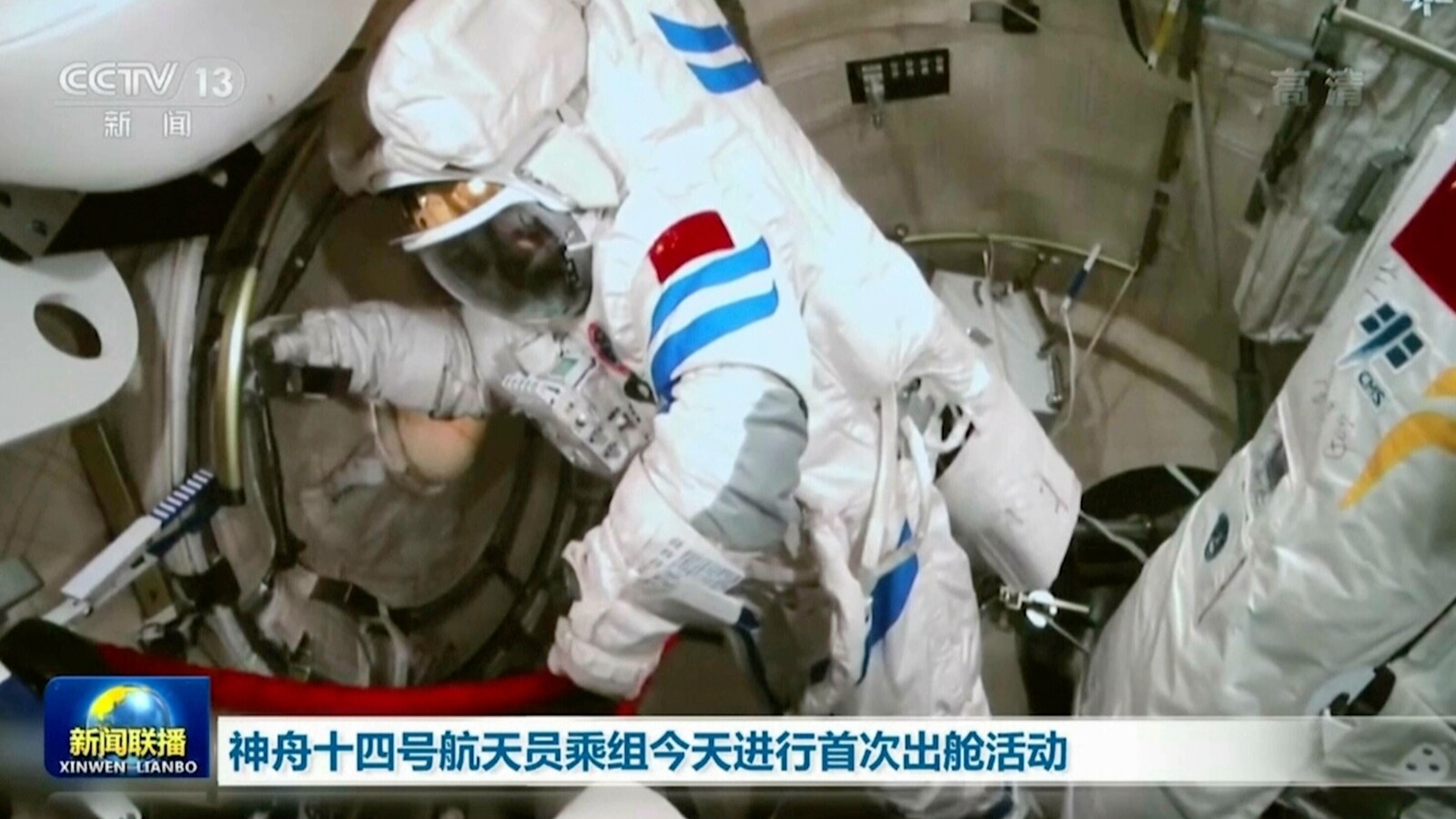On September 5, China conducted a ground test of a new rocket engine that it claims is two times more powerful than its American counterpart. This marked a significant step forward in China’s effort to send a human to the moon.
The China Aerospace Science and Technology Corporation (CASC) stated that the test was a “complete success” and that the engine will be employed to launch China’s Long March 9 rockets, reported SCMP.
Long March 9 is a super heavy launch vehicle designed for crewed lunar exploration, robotic deep space exploration, and space infrastructure. This rocket will transport the Chinese astronauts on future moon missions.
The US and China are engaged in a new race to send humans to the moon. By 2025, American astronauts are expected to touch down on the moon thanks to the NASA-led Artemis program, which has roughly 20 participating nations.
The Space Launch System, the most powerful rocket ever built, is currently waiting for its much-delayed first flight to carry out the Artemis program.
China and Russia have joined forces to build an international research facility on the moon, to send an astronaut there before the year 2030. Beijing is swiftly boosting its capabilities for space missions, and the new engine is an essential component for those objectives.
The upper-stage rocket engine can produce 25 tons of thrust, more than double the thrust produced by the RL10, the US-made engine expected to send American astronauts to the moon. Upper-stage rocket engines are utilized at high altitudes to create additional thrust to push a spaceship to its destination.

It was “the world’s largest closed expander cycle engine test run,” according to CASC, and it represented a “breakthrough” in advancing a crucial technology for heavy-duty launch vehicles.
The closed expander cycle rocket engines are the most effective propulsion system for sending humans into space. The engines can use waste heat to convert a small amount of liquid hydrogen fuel into high-pressure gas.
The gas powers turbines to increase the pressure of oxygen and hydrogen in the fuel pumps. The gas enters the top of the combustion chamber, where it is burned as fuel.
Since no additional gas is needed to power the pumps, the cycle, also known as closed expansion, is more effective than the combustion process used in conventional rocket engines.
The US spearheaded the development of this technology, and since the 1960s, RL10 engines have been used to launch rockets. Russia and Europe have also created rocket engines with a similar or greater thrust.
Challenges Faced By Chinese Scientists
The Chinese scientists encountered some difficulties and came up with some novel solutions. Chu Baoxin, the head scientist of the Beijing Aerospace Propulsion Institute engine project, reveals that it is difficult to increase the thrust of a closed expander cycle engine.
A complex mission, like a lunar landing, necessitates the engines to turn on and off many times. Each time, the engine must produce a significant amount of excess heat, transfer it to liquid hydrogen, convert it to gas, and restart the fuel pump quickly.
Furthermore, When the engine runs at full power, the pressure of the vaporized hydrogen can climb dramatically and become very difficult to control. These issues get worse with larger engines.
The Chinese rocket scientists claimed to have discovered methods for increased thrust. The report said they created a novel heat exchanger made up of several rib-like components that can absorb heat from the combustion chamber’s surface and transfer it to liquid hydrogen with exceptional efficiency.
The components were created using cutting-edge 3D printing technology to provide an incredibly smooth surface capable of accelerating heat exchange much faster than standard components.

According to the report, the researchers also employed novel titanium alloys to create gas-powered fuel pumps that can maintain high efficiency while functioning in harsh environments.
Meanwhile, on September 1, a pair of Chinese astronauts went on a six-hour spacewalk to work on the outside of the new Wentian space station module. China launched the Wentian experiment module was launched in July.
It joined the Tianhe core module and the crew of the Shenzhou 14 mission in orbit and is the second of three modules that will eventually make up the complete space station.
The third and final module of Tiangong, Mengtian, is currently being prepared for launch by China. The 58.7-foot-long (17.9-meter) module, which weighs around 48,500 pounds (22 metric tons), arrived at the Wenchang spaceport in early August, and a launch is planned for October.
On September 5, China carried off its 36th and 37th orbital launches of 2022 within a couple of hours of using the Jiuquan and Xichang spaceports.
- Contact the author at ashishmichel@gmail.com
- Follow EurAsian Times on Google News




